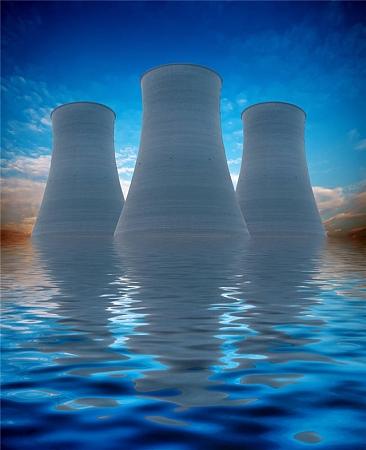**Power Unleashed: The Jaw-Dropping Energy of Nuclear Reactors**
(How Much Energy Does A Nuclear Power Plant Produce)
Picture a single uranium pellet, smaller than a gummy bear. Now imagine it holding enough energy to power your home for months. Nuclear power plants turn this wild idea into reality. Let’s break down how these engineering marvels generate staggering amounts of electricity—and why their output leaves most energy sources in the dust.
Nuclear plants rely on a process called fission. Atoms of uranium-235 are split inside a reactor. Each split atom releases a burst of heat. Do this millions of times per second, and you’ve got a controlled chain reaction hotter than a volcano’s core. The heat boils water into steam. The steam spins turbines. The turbines crank generators. The result? Electricity—massive amounts of it.
A typical reactor produces about 1 gigawatt of power. To grasp that, think of 1 gigawatt as enough juice to light up 700,000 homes. Now stack that against other sources. A coal plant might churn out 600 megawatts. A solar farm? Maybe 200 megawatts on a sunny day. One nuclear reactor outmuscles both—and does it 24/7, rain or shine.
Numbers get crazier. One uranium fuel pellet packs the energy of 1 ton of coal. A single reactor uses over 50,000 pellets yearly. That’s like swapping a mountain of coal for a few bathtubs of uranium. Efficiency isn’t just a buzzword here—it’s a game-changer.
But output isn’t static. Reactors ramp up or down based on demand. Operators tweak control rods to manage the fission rate. Pull the rods out, and the reaction speeds up. Push them in, and it slows. This balancing act ensures steady power without blackouts or waste.
Safety questions pop up. Modern reactors are fortresses. Containment buildings sport steel-reinforced concrete walls up to 6 feet thick. Emergency cooling systems kick in if things overheat. Meltdowns like Chernobyl? Nearly impossible with today’s tech. New designs even reuse spent fuel, cutting waste and risks.
Environmental perks add shine. Nuclear plants emit zero carbon during operation. Over a year, one reactor stops about 3 million cars’ worth of CO2 from hitting the atmosphere. Compare that to coal, which spews toxins nonstop. Solar and wind are clean too, but they need backup when the sun dips or wind dies. Nuclear doesn’t flinch.
Global stats surprise. The 440 reactors worldwide supply 10% of Earth’s electricity. France gets 70% of its power from nuclear. The U.S. leans on it for 20%. Even with closures, upgrades boost older plants’ output. It’s like giving a 40-year-old car a new engine—and watching it outrace modern models.
Not all sunshine, though. Nuclear waste stays radioactive for millennia. Storage solutions like deep geological repositories aim to lock it away safely. Costs also sting. Building a plant takes a decade and billions upfront. But once running, fuel costs stay low, and reactors hum for 60+ years.
Future tech amps the excitement. Small modular reactors (SMRs) promise faster, cheaper builds. Fusion—the Sun’s power source—could one day offer limitless clean energy. We’re not there yet, but today’s fission plants bridge the gap.
(How Much Energy Does A Nuclear Power Plant Produce)
So next time you flip a light switch, remember the tiny uranium pellets and the colossal machines turning them into power. It’s not magic—it’s science, engineering, and a dash of human ingenuity firing on all cylinders.
Inquiry us
if you want to want to know more, please feel free to contact us. (nanotrun@yahoo.com)




